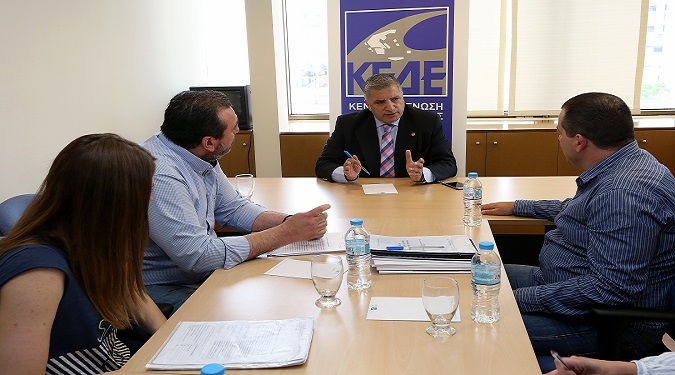Functions of the President perhaps can be explained best by examining the responsibilities of the president in the United States. The presidential system in this country has served as a model for many other nation-states.
1. The president serves as chief of state, a symbolic and ceremonial function. In this capacity he is expected to exhibit and symbolize the glory, greatness, and values of the United States. He will receive and entertain leading officials from other countries and award medals and other tokens of recognition. The citizenry expects him to be above reproach in his manners and personal life. It is this expectation that, among other things, Mr. Nixon grossly violated during the episode that became known as the “Watergate crisis.”
2. The president is the chief executive of the country. He carries final decision-making power and ultimate responsibility. President Truman had the famous “THE BUCK STOPS HERE” sign on his desk. President Kennedy went on nation-wide television to take full responsibility for the abortive Bay of Pigs invasion in 1961. The president provides leadership for his cabinet and attempts to direct the bureaucracy. Finally, he needs to maintain open channels of communication with the people and inform them of major steps taken by the government. Franklin D. Roosevelt used his radio-broadcast “fireside chats” for this purpose: more recent presidents have addressed the people via television during prime-time hours.
Duties And Functions of The President of The Country
3. The president serves as the chief legislator of the country. He will keep pressure on Congress to have it perform according to the charge contained in his State of the Union address. He must cajole and persuade congressional leaders and other influential to do the things he believes need to be done in the interest of the country. As President Truman put it at one time.
4. The president is the commander-in-chief of the armed forces in his country. The philosophy underlying this role is that of civilian control of the military. Presidential command of the armed forces, coupled with congressional fiscal control of military expenses, was intended by the founders of the United States to forestall military coups d’etat. However, not all countries that have a presidential executive also provide for civilian control of the military. In Africa, Asia, and Latin America, presidents often have been brought to power by the military and they may wish or are forced to retain the military as their main arm of support, thereby creating “a state within the state.”The president can bypass the consent of the Senate provision by concluding an executive agreement. instead of a treaty, with the leader of another country.
5. A final role performed by the president of the United States, one that is mentioned rarely and perhaps conceived of less by the people of this country than by people abroad, is that he serves informally as the leader of the Western democracies. This role was placed on the shoulders of the president of the United States in 1945, when this country emerged from World War II as the most powerful nation-state.
Surely there have been changes in the power relationships of countries since 1945, but even today the president of the United States is looked upon by people and governments of many countries to provide the foremost leadership in dealing with the crucial issues of our time. This expectation has been made known to this author at many occasions during his travels abroad. This is not an easy leadership function, but it is one that neither our president nor the people of this country can abrogate.”
